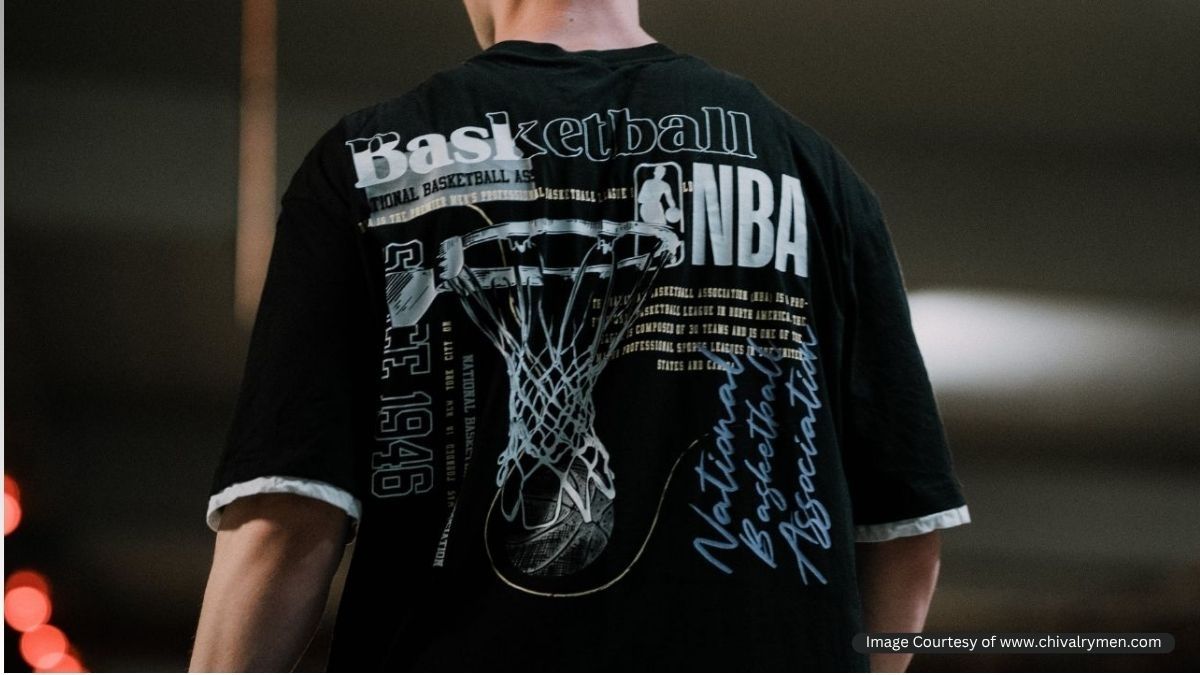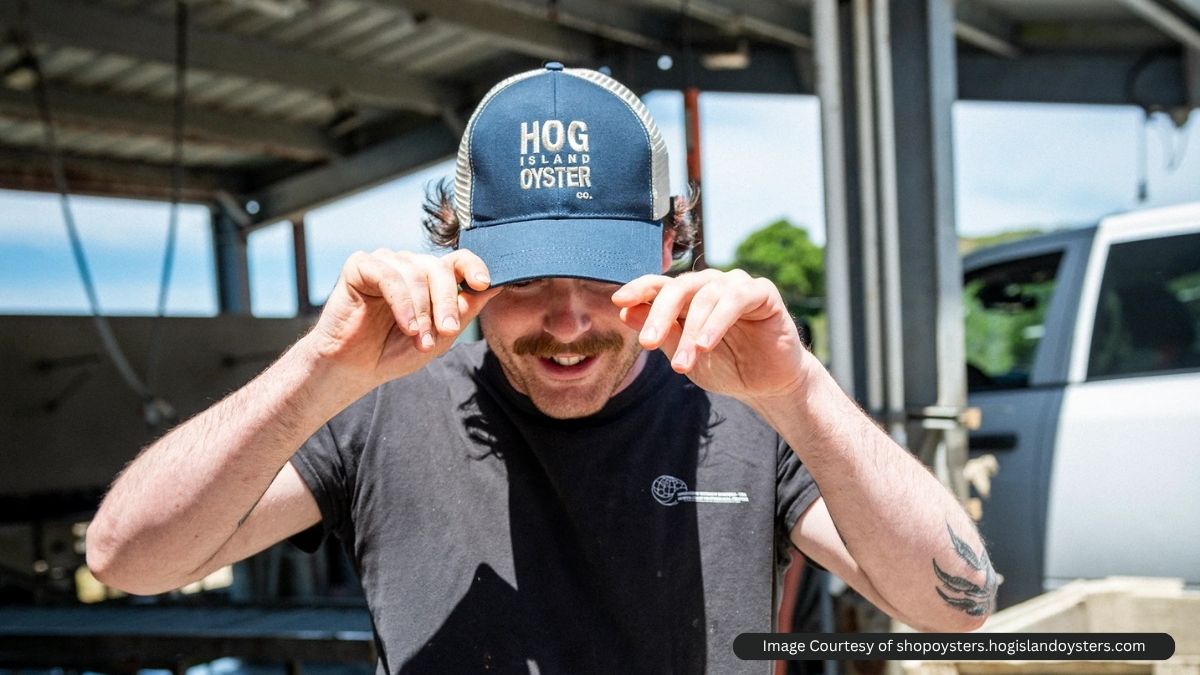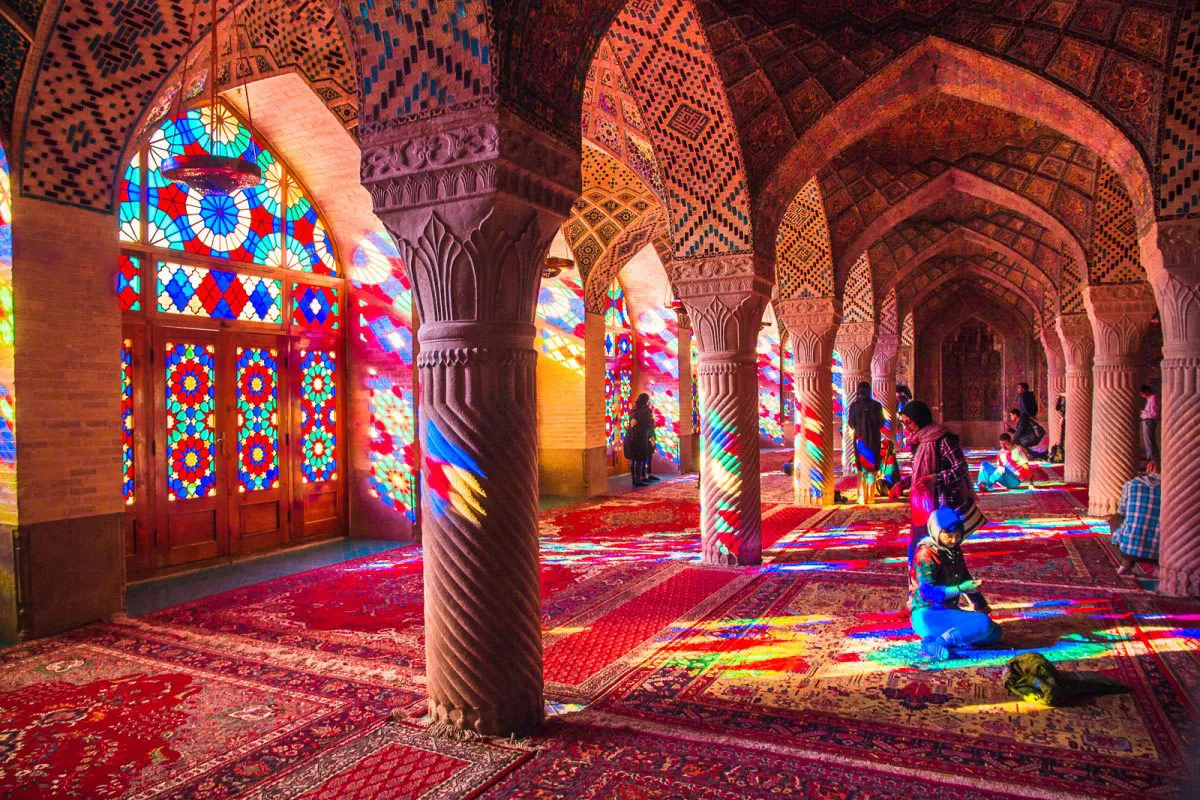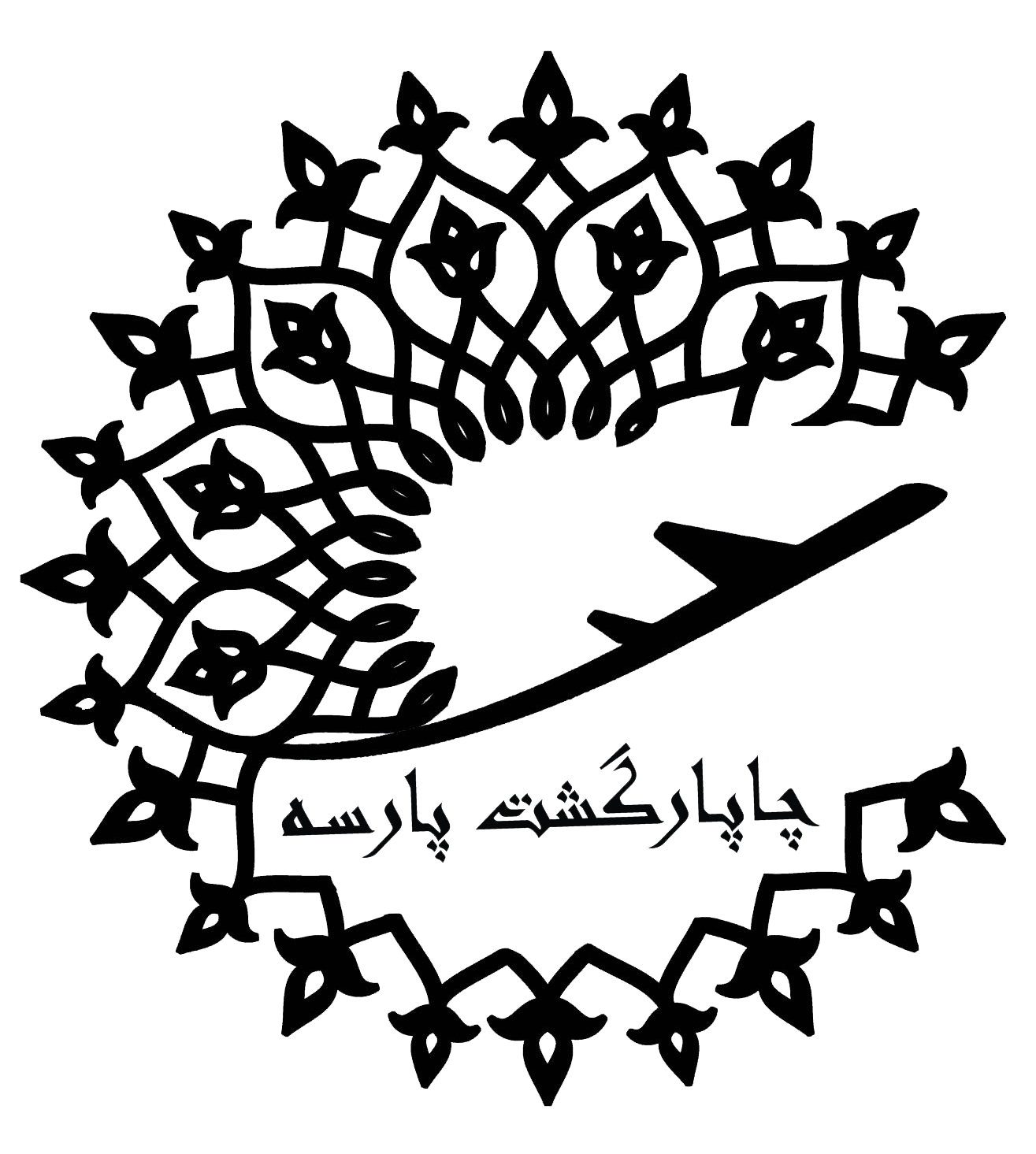
T-shirts are one of the most universal pieces of clothing in the world, but when images, text, or symbols are added, they become something entirely different. Graphic tees have been worn to express identity, represent movements, and make statements without saying a word. From music to politics, they’ve been used to communicate everything from rebellion to belonging.
Over the decades, they’ve transformed from casual basics into cultural icons that reflect what people value, believe, and admire. Today, the graphic tees men have in their wardrobe serve as both fashion essentials and storytelling tools. The rise of the graphic tee was a gradual, fascinating process shaped by key cultural moments that turned everyday shirts into lasting symbols of self-expression.
1. The Birth of the Statement Tee: 1960s–1970s
The idea of wearing messages on clothing began gaining traction in the 1960s, a period known for its social and cultural revolutions. The development of affordable screen-printing techniques allowed individuals and small businesses to print designs and slogans directly onto cotton T-shirts. For the first time, people could wear shirts that expressed what they stood for, whether that was peace, love, political reform, or artistic identity.
During this time, T-shirts became canvases for protest and individuality. Popular slogans like “Make Love Not War” or “Smile” became visual shorthand for entire movements. Bands and artists also realized the potential of wearable marketing. The Beatles and The Rolling Stones began printing simple logos and graphics on shirts to promote their tours and albums. These pieces connected fans to their favorite musicians in a tangible way.
By the mid-1970s, brands and designers recognized that graphic tees had mass appeal. The shirt had evolved from a plain undergarment to a tool of cultural communication, setting the stage for decades of innovation and expression.
2. Rock ‘n’ Roll and Rebellion: 1980s
The 1980s turned the graphic tee into an emblem of attitude. Rock and metal bands discovered that their merchandise had just as much influence as their music. Band tees became badges of loyalty and rebellion. Fans wore shirts featuring AC/DC, Iron Maiden, and Guns N’ Roses as part of their everyday look.
The decade’s fashion trends reflected a desire for individuality. Torn jeans, leather jackets, and distressed T-shirts gave rise to a raw aesthetic that matched the era’s rebellious energy. Many people customized their tees with scissors, safety pins, and bleach, creating one-of-a-kind looks that communicated personality and defiance.
Designers and fashion houses also began to take note. Graphic tees started appearing in collections that mixed street energy with luxury sensibility. What began as a countercultural statement soon became a mainstream staple, proving that clothing could simultaneously challenge norms and sell out in department stores.
3. Streetwear and Pop Culture Domination: 1990s–2000s
The 1990s redefined the relationship between fashion, art, and identity, and the graphic tee sat at the center of it all. Streetwear exploded as an influential style category, powered by youth culture, skateboarding, and hip-hop. Brands like Stüssy, Supreme, and Obey led the movement, transforming the T-shirt into an essential piece of urban expression.
These brands used graphics to display logos and comment on society, design, and irony. Limited releases created exclusivity, making certain designs highly collectible. What once cost a few dollars could now be resold for hundreds. This period marked the beginning of fashion’s fascination with scarcity and storytelling.
Pop culture added another dimension. Movies, television, and gaming franchises embraced graphic tees as part of their marketing and fandom culture. Wearing a shirt with a favorite film or character became a way to connect with others and signal shared interests.
By the 2000s, collaborations between artists, musicians, and high-end fashion labels pushed graphic tees into the luxury space. Designers like Marc Jacobs and Vivienne Westwood used bold visuals to merge counterculture aesthetics with couture craftsmanship. The graphic tee had officially become high fashion, bridging gaps between the streets, art, and runways.
4. Activism, Identity, and Expression in the Digital Age: 2010s
The rise of social media in the 2010s gave graphic tees a new purpose. No longer confined to physical spaces, their messages could now circulate online instantly. Slogan tees became statements of solidarity, awareness, and advocacy. Messages about equality, sustainability, and empowerment began appearing on shirts worn by celebrities and everyday people alike.
Independent brands and online creators also entered the scene. With digital printing and e-commerce, anyone could design and sell shirts that represented personal beliefs or community causes. This democratization of fashion allowed more voices to be heard and seen through simple designs.
Worn Words That Changed the World
From protest movements to pop culture, graphic tees have shaped how people communicate through clothing. They’ve moved through decades of change, adapting to new audiences and technologies without losing their purpose. What started as a blank shirt transformed into one of fashion’s most powerful tools for storytelling, unity, and identity.













